Contact Me: howtopbestinfo@gmail.com
Contact Me: howtopbestinfo@gmail.com
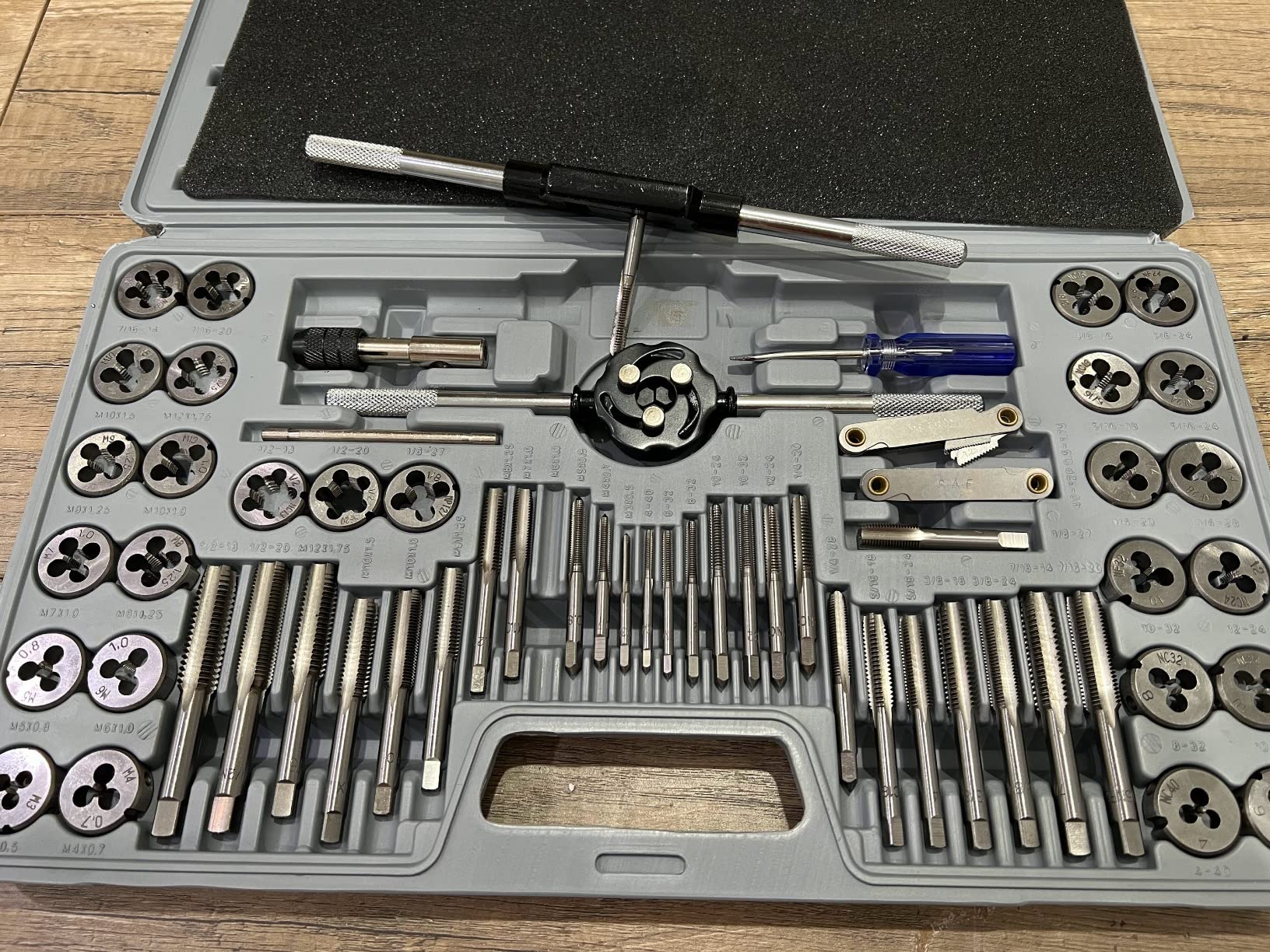
Threading-taps are specialized tools used to create threads on a variety of materials, such as metal and plastic. They come in various shapes, sizes and designs depending upon the type of material they will be working with.
The most commonly known threading tap is called an “external” or “straight flute” tap which has straight cutting edges along its flutes (grooves) that cut into the workpiece creating internal threads when rotated clockwise within it.
The main benefit from using threading taps for machining operations comes down to their ability to perform repeatable accurate results at high speeds without producing any burrs or imperfections in the surface finish – making them ideal for use across many industries including automotive production, aerospace engineering & toolmaking applications etcetera.
Threads produced by these types of taps have tight tolerances due to their sharpness allowing them more control over depth than other methods like drilling; this also helps prevent damage caused by friction heat build up during operation too!
Additionally because no chips are created when tapping unlike drilling there's less mess/cleanup required afterwards so overall productivity can increase significantly.
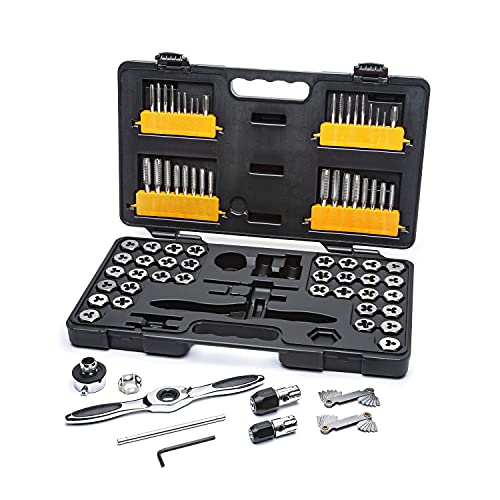
Best value overall, this is the greatest option for all buyers who want the best quality product.
Buy it on Amazon

Also very good option for users who are serious about high standard and taste.
Buy it on Amazon
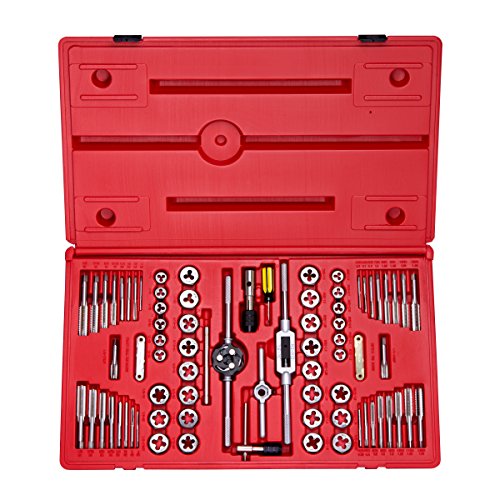
Strike a perfect balance between price and quality, this item is for people who want both.
Buy it on Amazon
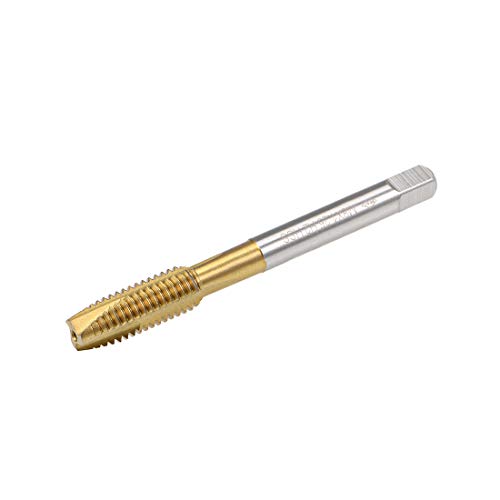
Perfect Alternative for products other than those mentioned above, give it a try!
Buy it on Amazon
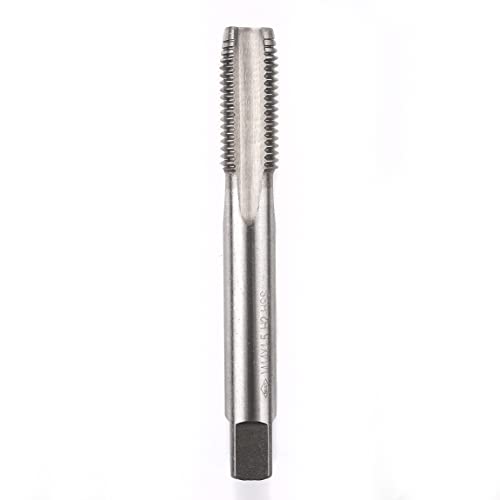
Affordable price and well accepted quality, great deal for who have a tighter budget.
Buy it on Amazon
Threading-taps are specialized tools used to create threads on a variety of materials, such as metal and plastic. They come in various shapes, sizes and designs depending upon the type of material they will be working with.
The most commonly known threading tap is called an “external” or “straight flute” tap which has straight cutting edges along its flutes (grooves) that cut into the workpiece creating internal threads when rotated clockwise within it.
The main benefit from using threading taps for machining operations comes down to their ability to perform repeatable accurate results at high speeds without producing any burrs or imperfections in the surface finish – making them ideal for use across many industries including automotive production, aerospace engineering & toolmaking applications etcetera.
Threads produced by these types of taps have tight tolerances due to their sharpness allowing them more control over depth than other methods like drilling; this also helps prevent damage caused by friction heat build up during operation too!
Additionally because no chips are created when tapping unlike drilling there's less mess/cleanup required afterwards so overall productivity can increase significantly.
To sum up, threading-taps are a versatile and essential tool for any DIY or professional job. They give you the ability to create precise threads in hard materials that can not be done with regular drill bits. Their sharp cutting edges provide clean cuts which increases the life of your tools and reduces wear on them over time. Threading taps also have other advantages such as being able to make stronger connections between two parts.


Etiam porta sem malesuada magna mollis euismod. Cras mattis consectetur purus sit amet fermentum. Aenean lacinia bibendum nulla sed consectetur.
2045-05-09 00:00:00.000000
2045-06-01 00:00:00.000000
2045-06-04 00:00:00.000000
2045-06-06 00:00:00.000000
2045-06-08 00:00:00.000000